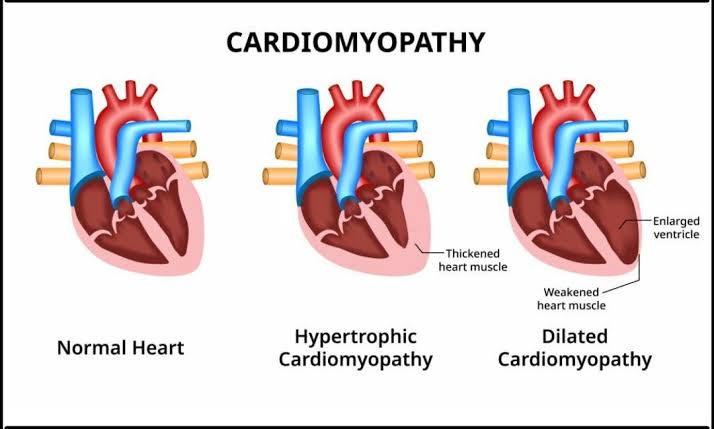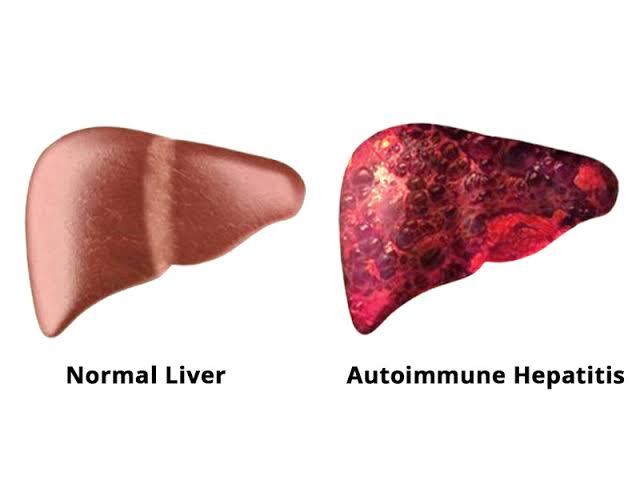
Definition of Emergencies in Oncology
Oncological emergencies refer to acute complications arising from cancer or its treatment that require immediate medical attention. These emergencies can be classified into several categories, including metabolic, structural, hematologic, and infectious complications. Common examples include tumor lysis syndrome, spinal cord compression, superior vena cava syndrome, and febrile neutropenia.
Pathogenesis of Oncological Emergencies
The pathogenesis of oncological emergencies varies depending on the specific condition but generally involves:
- Tumor-related Factors: Tumors can cause obstruction (e.g., in the case of bowel obstruction), invasion into vital structures (e.g., spinal cord compression), or release of substances that lead to metabolic derangements (e.g., hypercalcemia).
- Treatment-related Factors: Chemotherapy and radiation therapy can lead to complications such as myelosuppression (resulting in neutropenia), organ toxicity, or secondary malignancies.
- Metabolic Changes: Rapid cell turnover due to chemotherapy can lead to tumor lysis syndrome, characterized by the release of intracellular contents into the bloodstream.
- Infectious Complications: Immunocompromised states due to cancer or its treatment increase susceptibility to infections that can escalate quickly.
Approach to Patients with Suspected Oncological Emergencies
When approaching patients with suspected oncological emergencies:
- Initial Assessment: Conduct a thorough history and physical examination focusing on symptoms indicative of an emergency (e.g., severe pain, neurological deficits, respiratory distress).
- Vital Signs Monitoring: Assess vital signs for stability; changes may indicate deterioration requiring urgent intervention.
- Symptom Management: Provide symptomatic relief while further evaluations are conducted.
- Rapid Evaluation: Utilize a systematic approach for rapid evaluation based on clinical presentation and known risk factors associated with oncological emergencies.
Identifying Oncology Patients Who Need Urgent Diagnosis
Patients who may require urgent diagnosis typically present with:
- Acute Symptoms: Severe pain, confusion, difficulty breathing, or significant changes in baseline health status.
- Known Cancer History: Patients with advanced disease or recent treatment should be monitored closely for potential complications.
- Laboratory Abnormalities: Abnormal lab results indicating metabolic derangements (e.g., elevated potassium levels) warrant immediate investigation.
- Neurological Symptoms: New-onset neurological deficits may indicate central nervous system involvement requiring prompt imaging studies.
Urgent Laboratory and Imaging Needed for Diagnosis
When an oncological emergency is suspected, the following laboratory tests and imaging studies are essential:
- Laboratory Tests:
- Complete Blood Count (CBC) for leukopenia or thrombocytopenia.
- Electrolyte panel to assess for hyperkalemia or hypercalcemia.
- Renal function tests to evaluate for acute kidney injury.
- Coagulation profile if bleeding is suspected.
- Lactate levels if sepsis is a concern.
- Imaging Studies:
- CT scans or MRI for suspected structural complications like spinal cord compression or mass effect.
- Chest X-ray for respiratory distress or superior vena cava syndrome.
- Ultrasound may be used for assessing fluid collections or abdominal issues.
Deciding Between ICU Admission versus Regular Floor
The decision to admit a patient to the Intensive Care Unit (ICU) versus a regular floor depends on several factors:
- Severity of Condition: Patients requiring close monitoring due to unstable vital signs or those needing intensive interventions should be admitted to the ICU.
- Need for Specialized Care: Conditions such as respiratory failure, hemodynamic instability, or severe metabolic derangements often necessitate ICU-level care.
- Potential for Rapid Deterioration: If there is a high likelihood that the patient’s condition could worsen quickly without intensive monitoring and support.
- Multisystem Involvement: Patients exhibiting signs affecting multiple organ systems may benefit from the resources available in an ICU setting.
Initial Lines of Treatment
Initial lines of treatment vary based on the specific oncological emergency but generally include:
- Supportive Care: Administer fluids and electrolytes as needed; manage pain effectively; provide oxygen therapy if indicated.
- Specific Treatments Based on Diagnosis:
- For tumor lysis syndrome, initiate hydration and consider allopurinol or rasburicase.
- For hypercalcemia, administer bisphosphonates and hydration.
- For febrile neutropenia, start broad-spectrum antibiotics promptly.
- For spinal cord compression, corticosteroids may be initiated while awaiting definitive treatment like radiation therapy.
- Monitoring Response to Treatment: Continuous assessment of clinical status and laboratory parameters is crucial during initial management phases.
In summary, oncological emergencies require rapid identification and intervention through systematic assessment and appropriate diagnostic testing followed by targeted treatments based on underlying causes.







